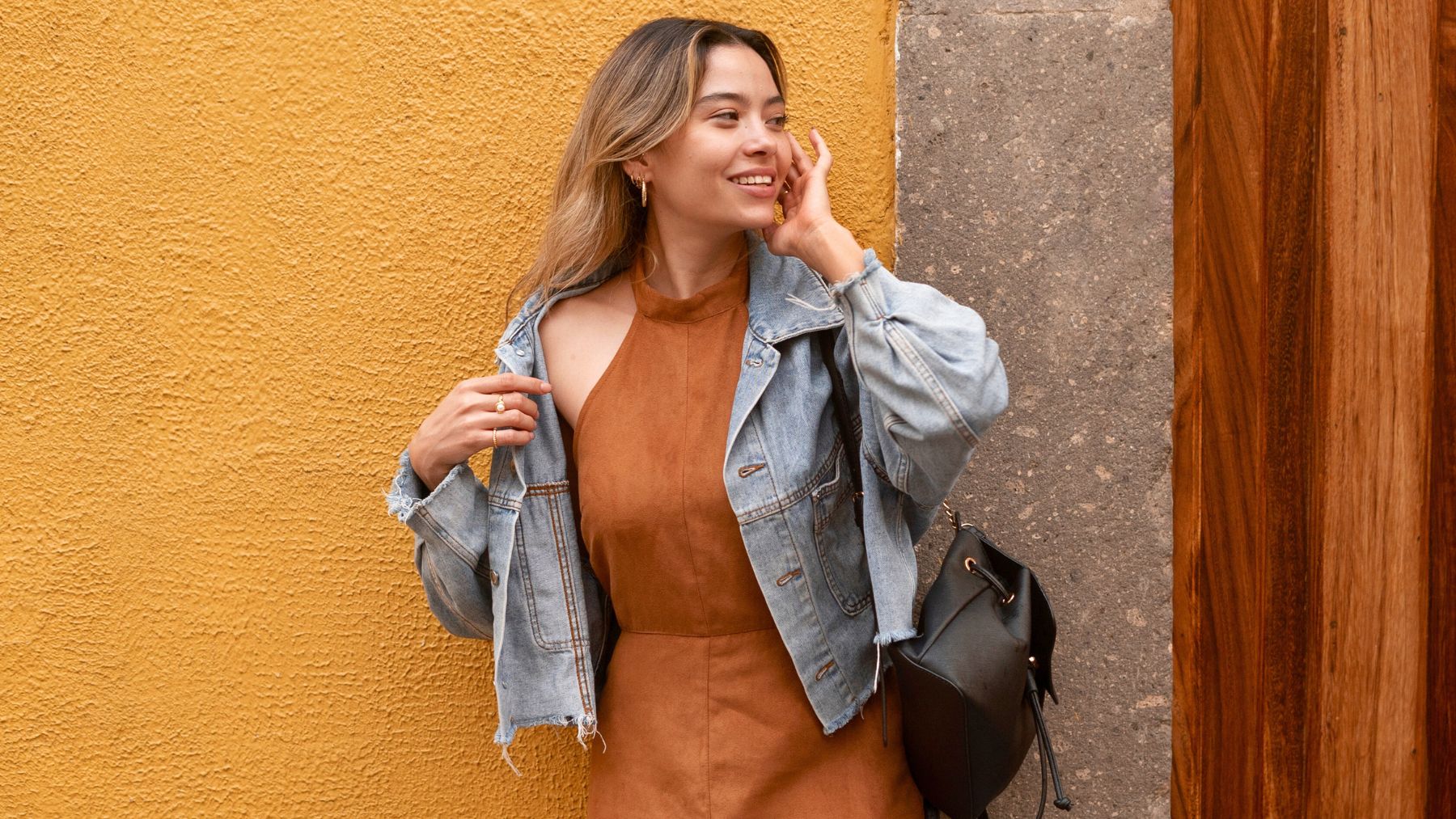Some color pairings look sharp, polished, and intentional. Others fight each other the moment you put them on. If your outfit feels off but you can’t pinpoint why, this combination is often the reason.
We’re talking about black and brown. They’re two staples in every wardrobe, but when you put the wrong versions together, they pull the outfit in opposite directions. Here, we’ll look at why the mix falls flat, the shades that are especially tricky, the rare moments it works, and the other color pairings that tend to look mismatched no matter how you style them.
Black and brown, two colors that rarely work
Black is sharp, dense, and absorbs light. It sets a clear tone in an outfit. Dark brown tries to do the same, but with a muted, earthy base. When you wear jet black next to deep chocolate, espresso, or walnut brown, the two shades cancel each other out. They’re both heavy and neither offers the contrast the other needs. Instead of coordinated, the outfit looks blocked and muddy.
The issue is strongest with cool black and warm brown. Black leans cool by nature, while most browns carry warmth. That temperature clash is what makes the pairing feel unbalanced. On a sweater, skirt, coat, or pair of trousers, the effect is the same. Too much darkness with no break.
The exception is when the brown is noticeably lighter or cooler. Camel, tan, sand, or warm beige can sit next to black and still look intentional because they separate themselves from the heaviness of the black. The contrast creates a cleaner line and gives each color room to stand on its own.
Texture helps too. Black leather with a camel wool coat, or black denim with a tan knit, creates a clear difference in weight and surface, so the two colors don’t fight. But dark brown paired with black? It almost always falls short.
Other color combinations to avoid
Several other combinations tend to clash in ways that are hard to fix, even with strong styling. Let’s look at some:
- Blue and black: Navy and black create a shadowy effect that looks accidental. They sit too close in depth and make each other look dull. If the blue is lighter, brighter, or metallic, that’s different, but classic navy plus black usually lacks definition.
- Green and pink: Light green with bubblegum or blush pink looks costume-like. The contrast is sharp in a way that rarely translates well in clothing.
- Green and orange: Bright green with bright orange feels loud and dated. The saturation levels compete, especially when the green is lime or neon.
- Purple and yellow: These sit opposite on the color wheel, which works for artwork but not always for outfits. Strong violet next to bold yellow could make you look like you’re wearing a sports uniform.
- Red and orange: Both have high energy and are intense. When paired, they blur into a monochrome that’s difficult to style without looking overdone.
While fashion is personal, certain color pairings consistently fall flat because they lack contrast or create unintended associations. When you keep these combinations in mind and pay attention to shade, temperature, and texture, your outfits feel more balanced.

